Sabor, which opened in February 2018, is the first venture of chef Nieves Barragan Mohacho and José Etura. Ms Barragan Mohacho, who grew up in Bilbao, was the head chef at Barrafina in Frith Street, and before that worked for five years at Fino, working her way up to head chef there. On the ground floor Sabor has an open kitchen with counter seats arrayed around it, plus a bar area. An upstairs area was not open when I visited but is due to be operational in March 2018. The seats are packed very close together and there are no reservations taken – just walk-ins. Rather irritatingly there seems to be no coat rack in the whole restaurant, so you are reduced to having your coat hung under the bar and dragging on the floor to be trodden on by neighbouring diners, or when eating at the counter having it slung over the back of your low chair, to be promptly trod upon by anyone needing to get by.
The menu is firmly in the tapas territory that one might expect given the chef’s track record, though prices are pretty ambitious. The wine list ranged in price from £25 to £135 with labels such as La Tremenda from Alicante (presumably from Enrique Mendoza though you would not know that from the wine list) at £28 for a bottle that you can find in the high street for £13, Bodega Pittacum Barrica Bierzo at £48 compared to its retail price of about £15, and La Dama from Navarra (presumably from Domaines Lupier but not shown on the list) at £75 for a wine that will set you back £29 in a shop. Irritatingly, vintages were omitted, something that might require a modicum of effort and would be useful if you are actually interested in wine. To actually leave off the grower too as happened in some cases here is just sloppy. What would you think if you went into a clothes shop to buy a suit and found that the labels showing both the suit maker and the size had been removed? Would you buy such a suit, based just on its colour? No. Why then would a restaurant take such an approach to wine? It suggests either they don’t care themselves or, worse, that they have concluded that their customers are clueless.
Prawn croquetas (£6) were pleasant, with a crisp coating, though there was very little prawn relative to béchamel sauce in the filling (13/20). A pair of piquillo pepper croquetas (£6) were also nice, having a decent amount of pepper flavour, as well they might at this price (13/20). I checked with an experienced chef who reckoned that those piquillo croqettas should cost about 30p to make, so selling them for £6 implies a handy gross profit margin of 94% (ex VAT). By comparison, a typical fine dining restaurant might aim for a dish margin of a bit less than 75%, meaning that the dish would be marked up around four times its cost price, rather than about twenty times as in this case.
Pata negra (£22.50) was belotta grade, the highest of the four grades. These pigs fed on wild acorns for the last three months of their lives, reach 160 kg in weight and are cured for at least three years. The lesser grades are recebo (similar to bellota but fed on cereals and acorns and not meeting the strict bellota criteria), cebo de campo (free range pigs fed on grain), and de cebo (commercially raised pigs fed on grain). This particular ham was Cinco Jotas from the top supplier from the famous village of Jabugo in Huelva in Andalucia. This was well sourced and served with some toast and tomato sauce.
Goat cheese with black truffle (£9.50) was disappointing, the goat cheese itself not having a lot of flavour and the truffles even less. I suspect these were the much cheaper winter truffles (tuber brumale vittadini) rather than proper black truffles (tuber melanosporum vittadini) given their lack of fragrance. Either way it was a strangely bland dish (11/20).
Fish with rice (£12.50) had fish that was introduced by the waiter as salmon but turned out to be “salmonete” i.e. red mullet; a case of lost in translation. This was properly timed but did not have much flavour though it did have rice cooked in a very good stock. This was a shellfish veloute thickened with sherry and brandy, and was genuinely nice (easily 13/20). A pair of langoustines (£19.50) were lightly cooked with a citrus and herb dressing and served in their shells. They had some inherent sweetness though were cooked a fraction longer than ideal, and they were not particularly large specimens (12/20).
Pig trotters (£8.50) had been deboned and rolled out and layered with mushrooms before being fried. These were very pleasant in themselves but had an aggressive amount of pepper. I like well-seasoned food but this was too much; they were served with some frisee lettuce (12/20). Oxtail (£14.50) was slow-cooked and tender, but was served with mash, when surely a green salad with a sharp dressing was what was needed to cut through the richness of the meat. To be fair, there were a few leaves on top of the mash, but it was insufficient and this dish was exceedingly rich (12/20).
For dessert, a tart of rhubarb and panna cotta was actually the best thing we ate in the whole meal, the pastry delicate and the rhubarb not too sharp (14/20). A single scoop of honey and saffron ice cream was fine (12/20). Coffee was also pleasant. Service was good if a touch harried, which was not surprising given how packed the place was. The bill came to £123 per head, albeit with a nice bottle of wine and some sherry, and therein lies the problem. The food was pleasant, but with some avoidable issues such as the wildly over-peppered pig trotters. However even if you ordered less food than we did and shared a modest bottle of wine then you would be struggling to escape for less than £70 per person, which is an awful lot of money for food of this calibre. The gross profit margins on some of the dishes must be astronomical, and if you compare the value money factor here to, say, Rambla, then it is clear which is a better bet. None of this seemed to be troubling the customers today, who were queueing to get in at lunch just a week after opening, so the restaurant clearly knows its audience.





















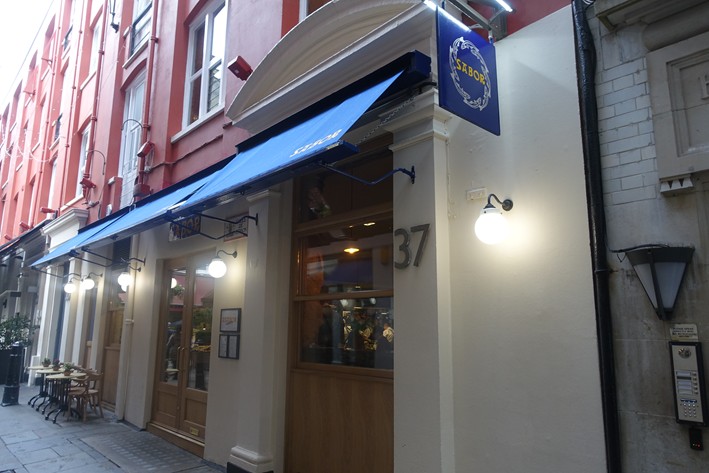


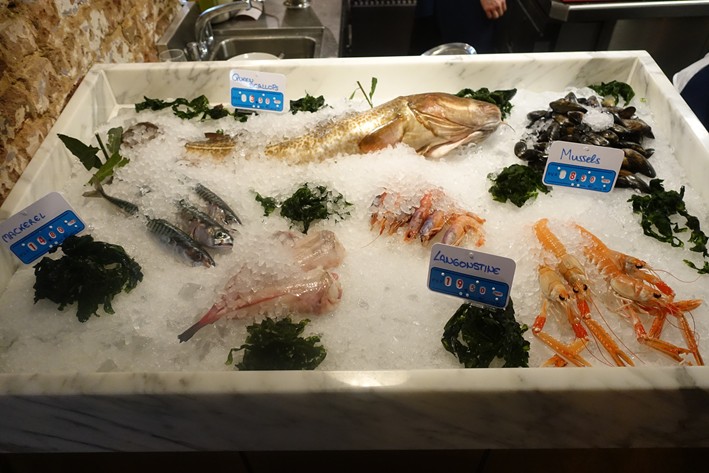

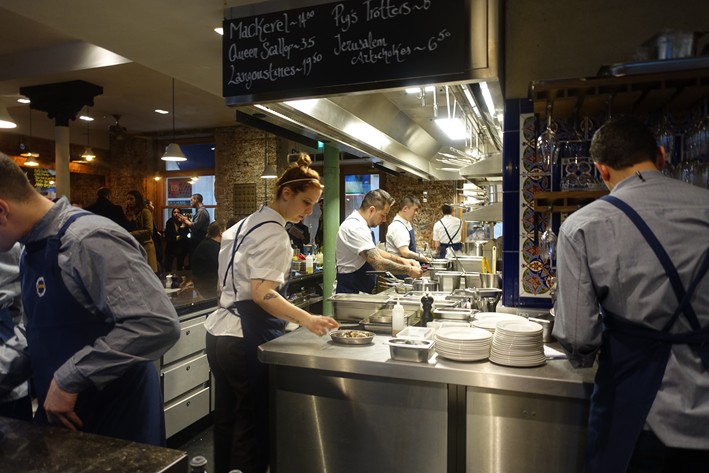

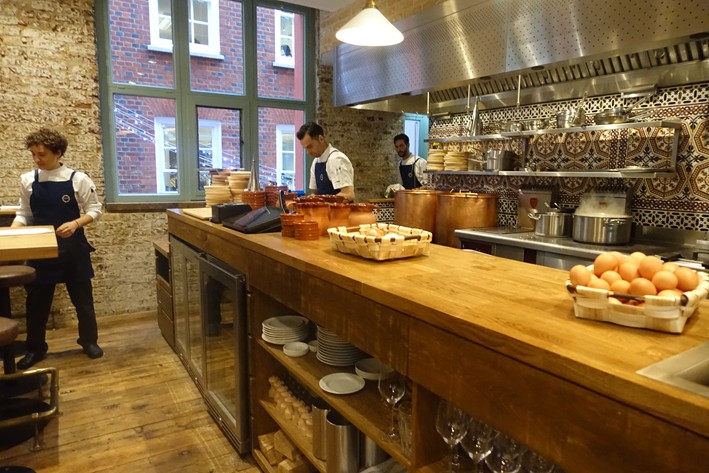

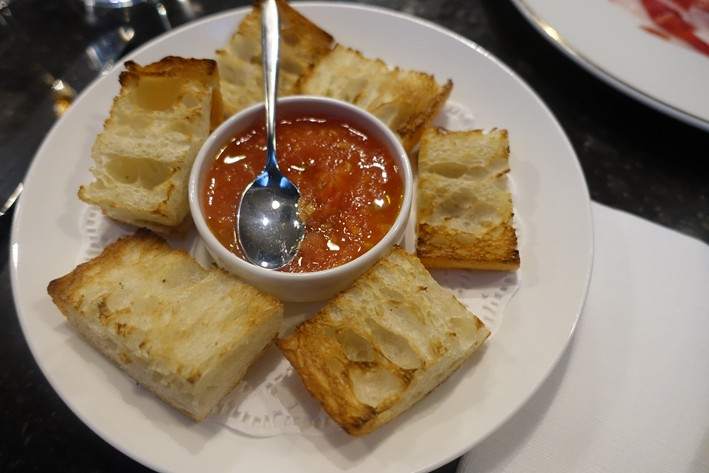

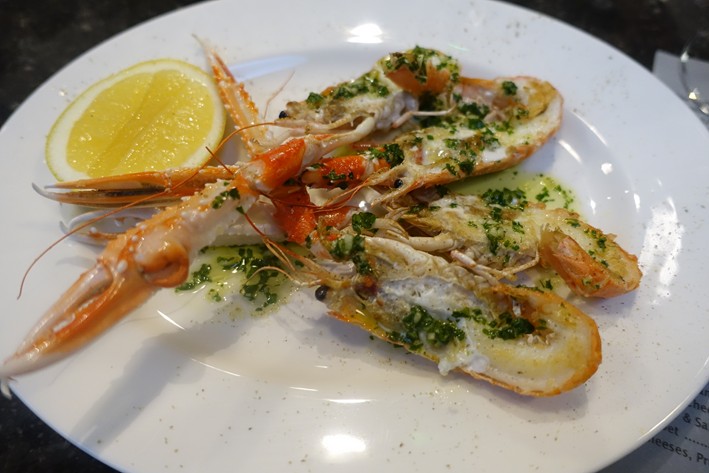
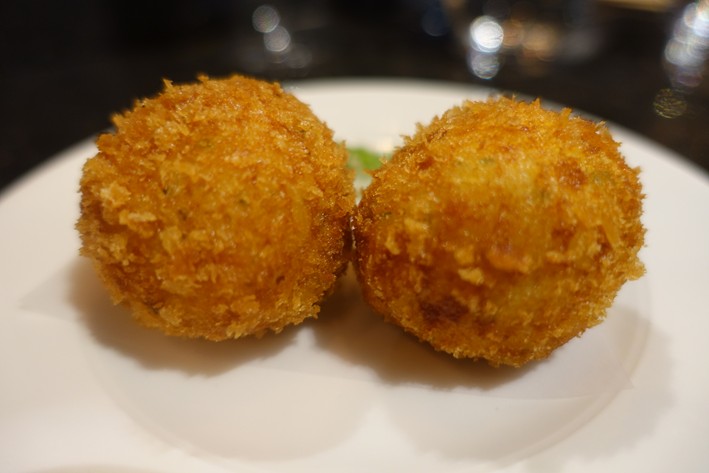
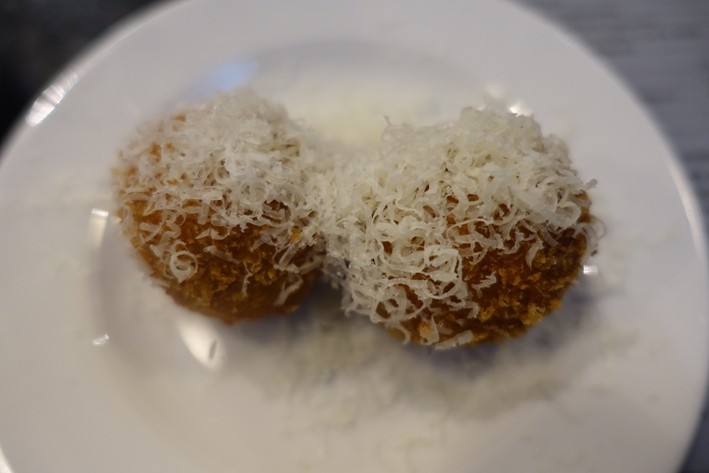


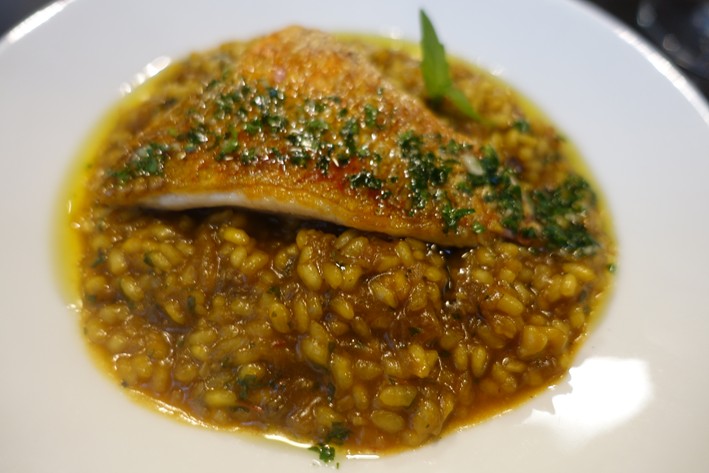
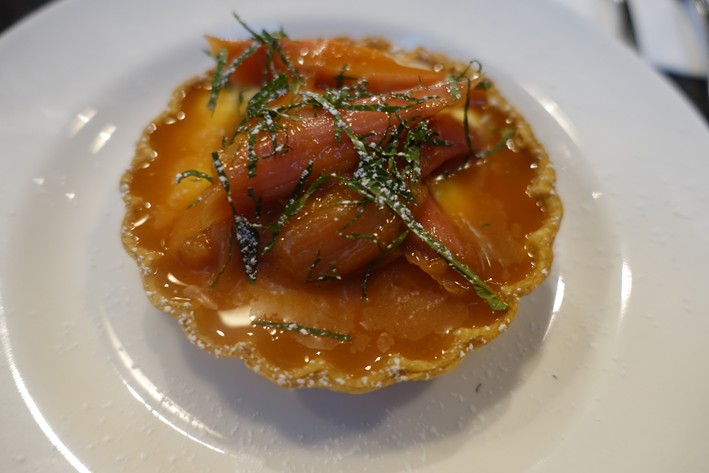

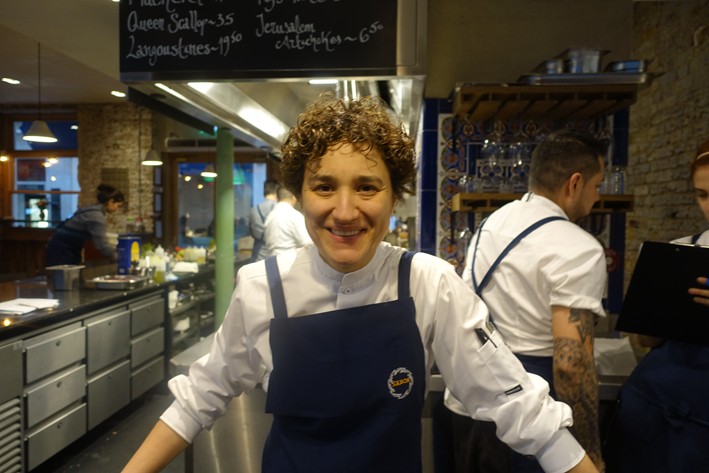

Add a comment
Thank you for submitting your comment, this will be checked and added to the website very soon.
User comments